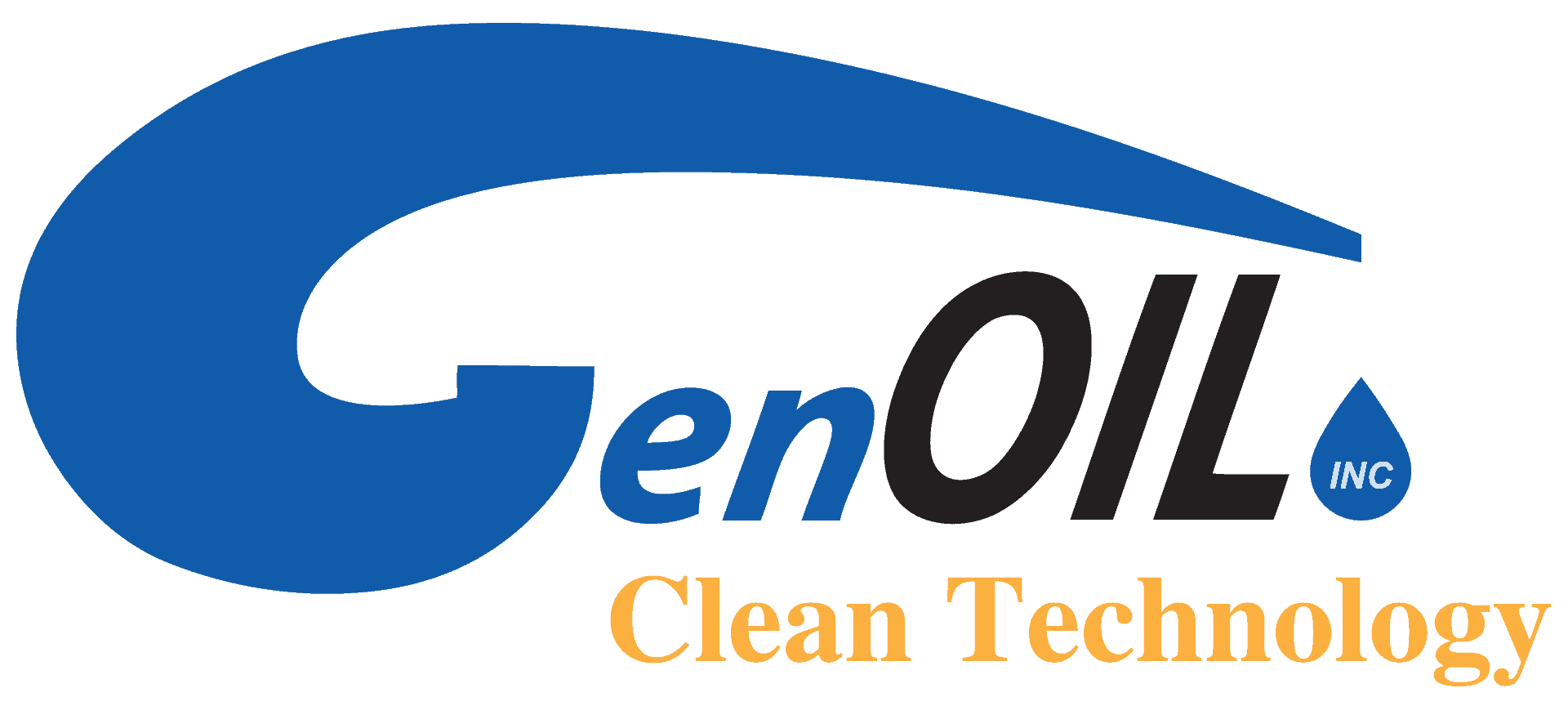Fish farms in the coastal areas create ever increasing pollution which harms both the environment and the tourist industry. Fish farms at sea typically use an open net cage system which allows waste water to leak into the surrounding environment. The high concentration of fish means a large load of fish feces in a small area. this can cause algal blooms which reduce oxygen in the area as well as produce ammonia, methane, and hydrogen sulphide. Without proper hygiene fish residing in farms are subject to a much higher incidence of disease, parasites, infection, and death .

The main sources of pollution and their effects are as follows:
- Fish waste
Fish waste creates a situation where nutrients accumulate and cause an increase in compounds containing nitrogen and/or phosphorus. Toxic levels of nitrates resulted from the decomposition of fish waste can cause the death of fish.
Moreover, mounting fish waste deposits block the sunlight and choke the hydroponic plants that grow at the bottom of the sea. This has a devastating effect on the surrounding ecosystem and creates virtual dead-zones.
Additionally, waste accumulation raises BOD to levels that bring about severe dissolved oxygen depletion.
Due to this contaminated habitat, farmed fish mortality can reach 30% in shallow waters. Moreover, as a result of relatively low meat quality, farmed fish is shunned by gourmands/environmentally consious and fetches much lower prices than wild fish.
- Suspended particles
Continual agitation within the fish net causes some food and fish.
Droppings to break down into small particles. Subsequently, the particles in suspension dissipate and create unsightly turbidity in the surrounding waters.
Although more visible, the problem is not as acute as pollution caused by fish waste deposits. However, water turbidity is detrimental to nearby tourist resorts, affects real estate value and limits further development. Inevitably, the economic interests of the fish farmers collide with those of the community bringing about tension and, occasionally, unwelcome media attention.
Whereas responsibility is unilaterally apportioned to the fish farmers, it is pertinent to point out that so far no technology has been made available to them in order to remedy the situation.
- Fish mortality
With the Genoil Solution fish mortality will drop dramatically. Thus, if fish mortality was reduced by 1% i.e. from 3 to 2%, the annual revenues would increase by 500000 X 5 X 0.01=25,000 USD.
It should be noted that in shallow areas fish mortality is as high as 30%. Those areas should be targeted as the highest priority because the economic benefits would be spectacular.
- Quality
Genoil’s solution will ensure better meat quality fetching higher prices. Assuming a production of 1000 tons/platform (four fish nets) every two years and a current price of about 5 USD/kg; the annual revenue is 2.5 million dollars/platform. If the fish price is increased by 10% to 5.5 USD/kg, the platform would increase the revenues by 250,000 USD/year.
Proposed Solution
Genoil is therefore introducing a novel method for resolving the issues outlined herein.
The method comprises two separate systems as follows:
- Waste management system for collecting, extracting, dewatering and disposing of the waste.
- Filtration system for removing suspended particles and reducing the BOD. The filtration system can be enhanced through natural filtration by oysters and UV sterilization.
Both systems can be installed on a floating platform designed to service four fish nets/enclosures.
